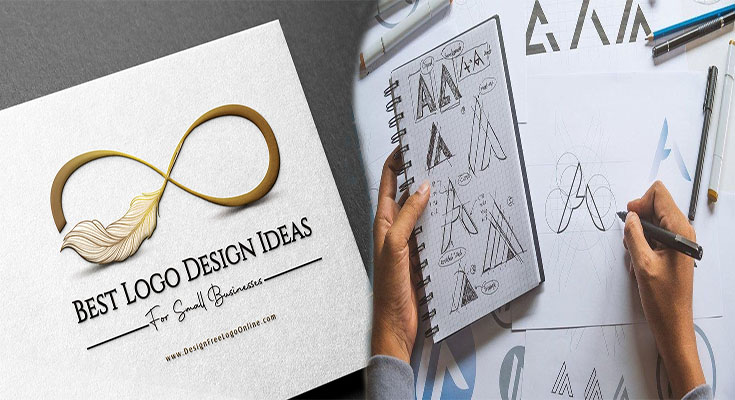In search of logo ideas for small businesses? Try Negative Space, Minimalism, Texture and Shape. If none of these are working for you, try a combination of those two styles. You’ll be surprised by what you come up with! Try a combination of them to come up with a unique design for your company. This will give you a brand that stands out and grabs attention! Keep in mind that your logo design should be both simple and eye-catching.
Negative space
Creating a compelling visual is a challenge, but negative space can make it easier. To make this technique work, negative logos have specific proportions and backgrounds. Minor adjustments could ruin the illusion, so make sure to plan for negative space from the beginning of your project. A designer who is skilled in negative space design can help you make the most of this design technique. To get started, start by reviewing the tips below.
Minimalism
When choosing a design for your new business, consider going for simplicity. It is more effective, but you can go overboard. Minimalist logos have a limited number of elements, and are often less expensive to create. For example, you might use a music symbol. Then, choose a minimalist font for your name. This is a great approach for a small business that wants to stay current.
Texture
One of the most effective ways to create a memorable small business logo is to use visual elements. Color, shape, and other design elements are all ways to communicate with consumers about your brand. Incorporate textures into your logo to create a memorable design. Try creating a newsletter with a high-contrast, ultra-exclusive font. This newsletter is packed with tips and trends. You can also incorporate your brand name in your logo.
Shape
While the most basic shapes like square and rectangle are the most common in human-made designs, they don’t always convey the most powerful message. While they do create balance and draw attention to specific parts of a composition, a rectangular logo can be hard to relate to emotionally. A more unique approach may involve a kaleidoscope-like shape. For example, a circular logo may convey a feeling of freedom and adventure, while a square logo can suggest stability.
Colour
To help you create a good logo, take some time to study the color psychology of your industry. Colour psychology is a fascinating field, with countless researchers. One study showed that blue was the colour most often chosen for marketing materials by small business owners. Next to blue, red was a close second. In addition to understanding colour psychology, designers should understand the emotional reactions people have to various colours. If you’re not familiar with colour psychology, here are some tips to help you choose a colour that is both memorable and appealing to your target audience.


